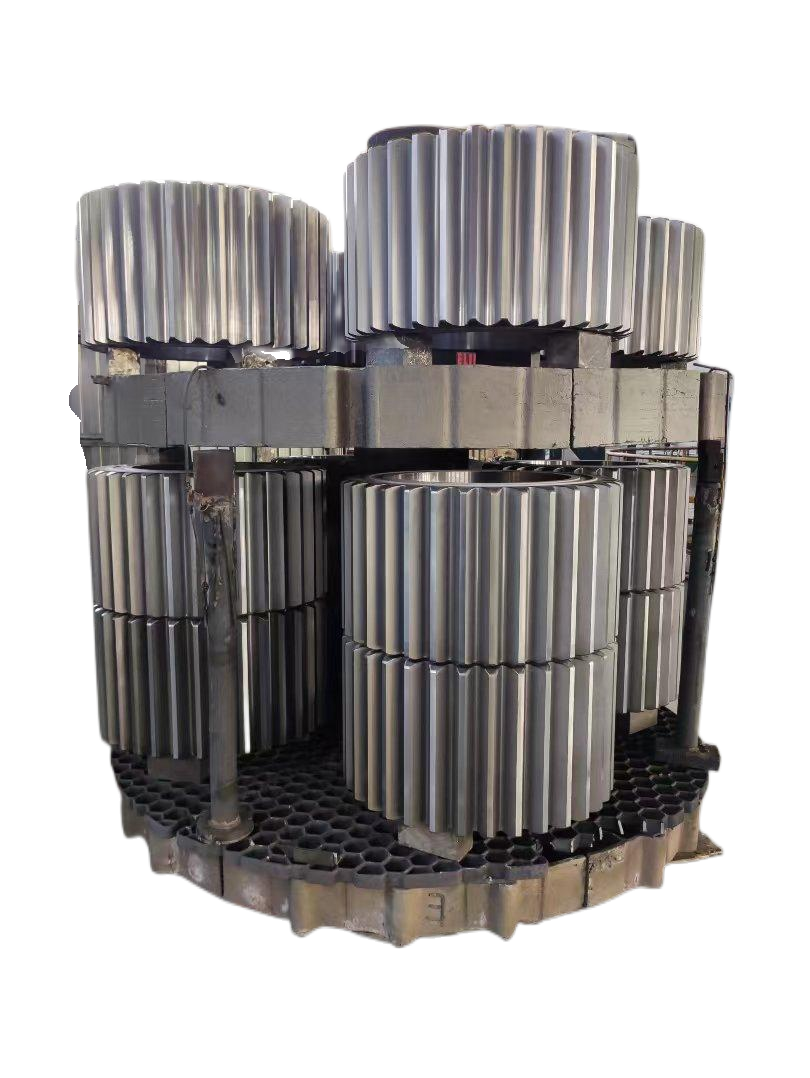investment casting of turbine blades
Investment casting of turbine blades is a sophisticated manufacturing process that plays a crucial role in aerospace and power generation industries. This precision-driven method begins with creating a wax pattern of the desired turbine blade, which is then coated with ceramic material to form a shell. Once the ceramic hardens, the wax is melted out, leaving a precise cavity in the shape of the blade. Molten metal, typically high-performance alloys, is then poured into this cavity. After cooling and solidification, the ceramic shell is broken away to reveal the finished turbine blade. This process enables the production of complex geometries with internal cooling passages, essential for modern turbine blade performance. The method allows for exceptional surface finish and dimensional accuracy, crucial for aerodynamic efficiency. Investment casting facilitates the integration of advanced features such as directional solidification and single crystal formation, which significantly enhance the blade's heat resistance and durability. This manufacturing technique has become indispensable in producing turbine blades that can withstand extreme temperatures and mechanical stresses in jet engines and power generation turbines.
